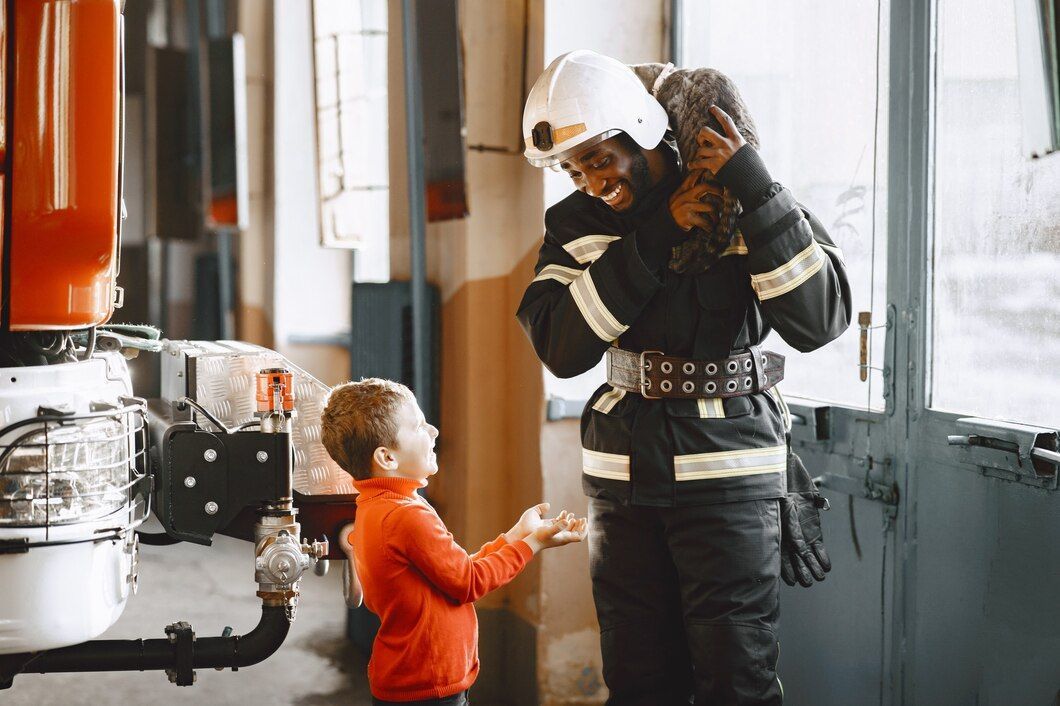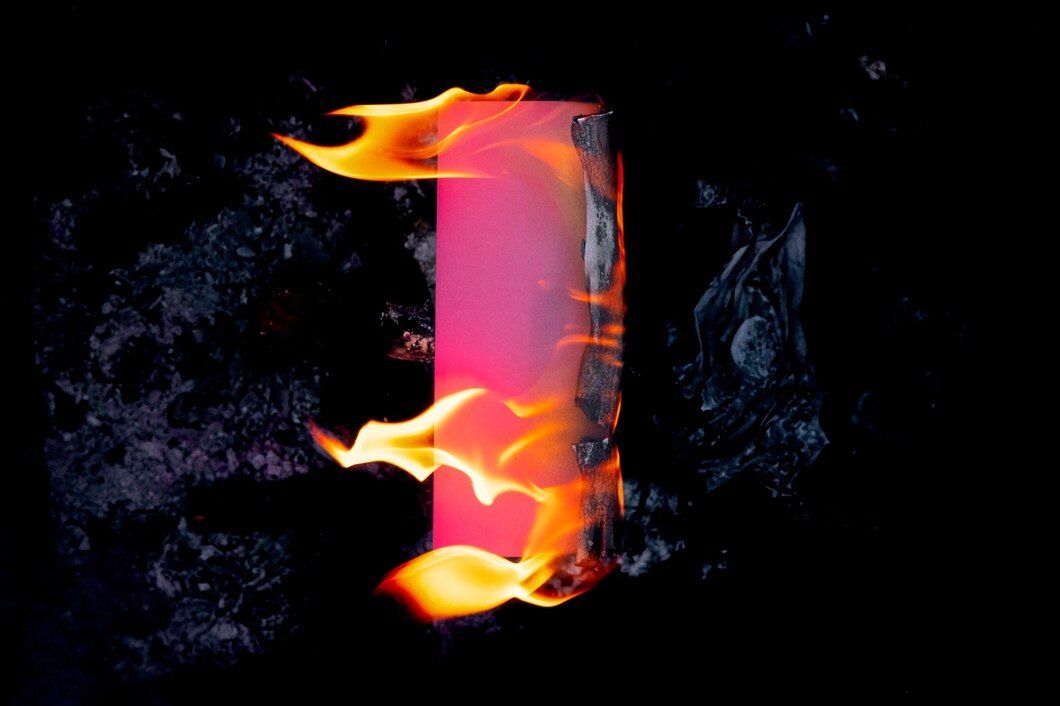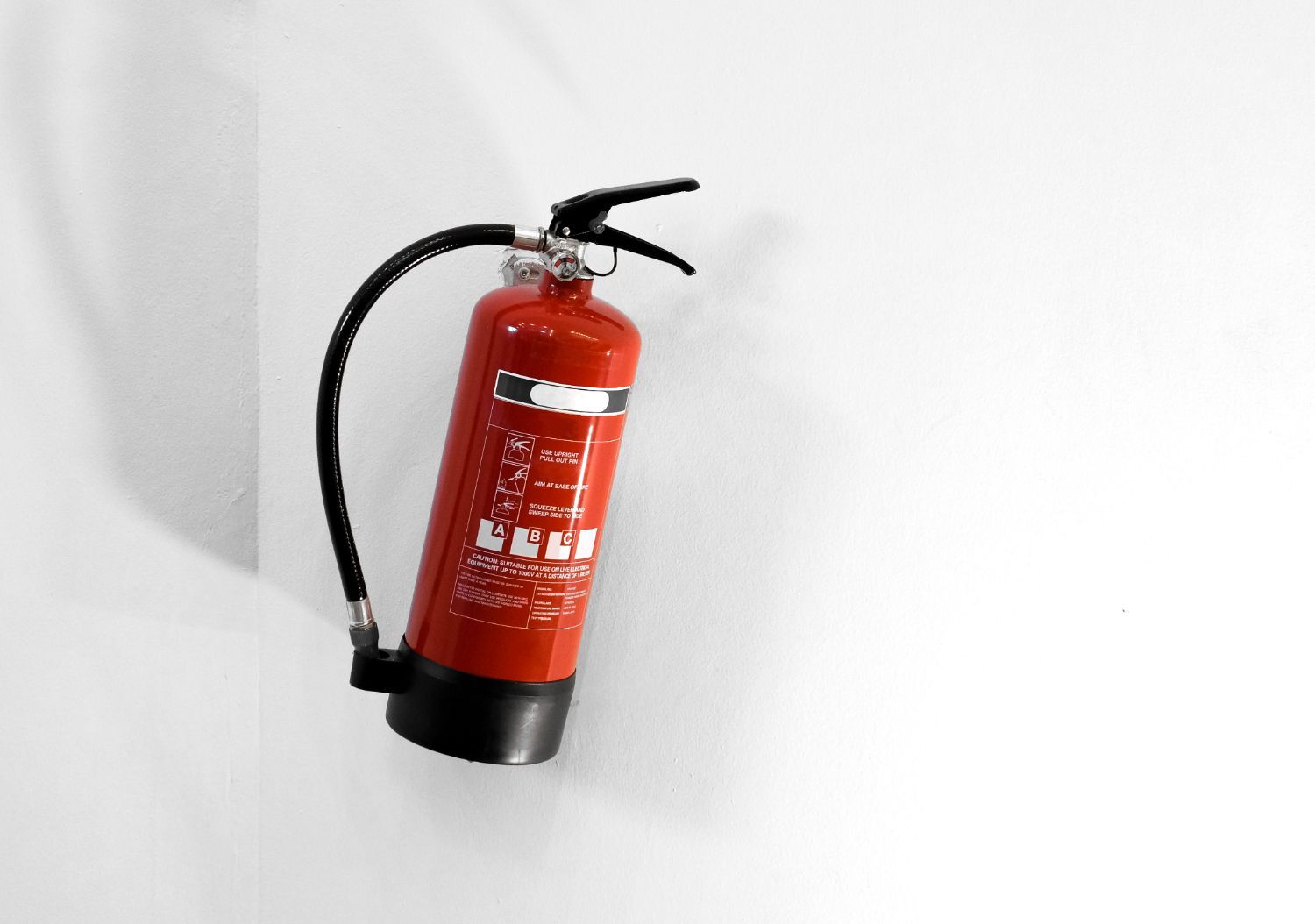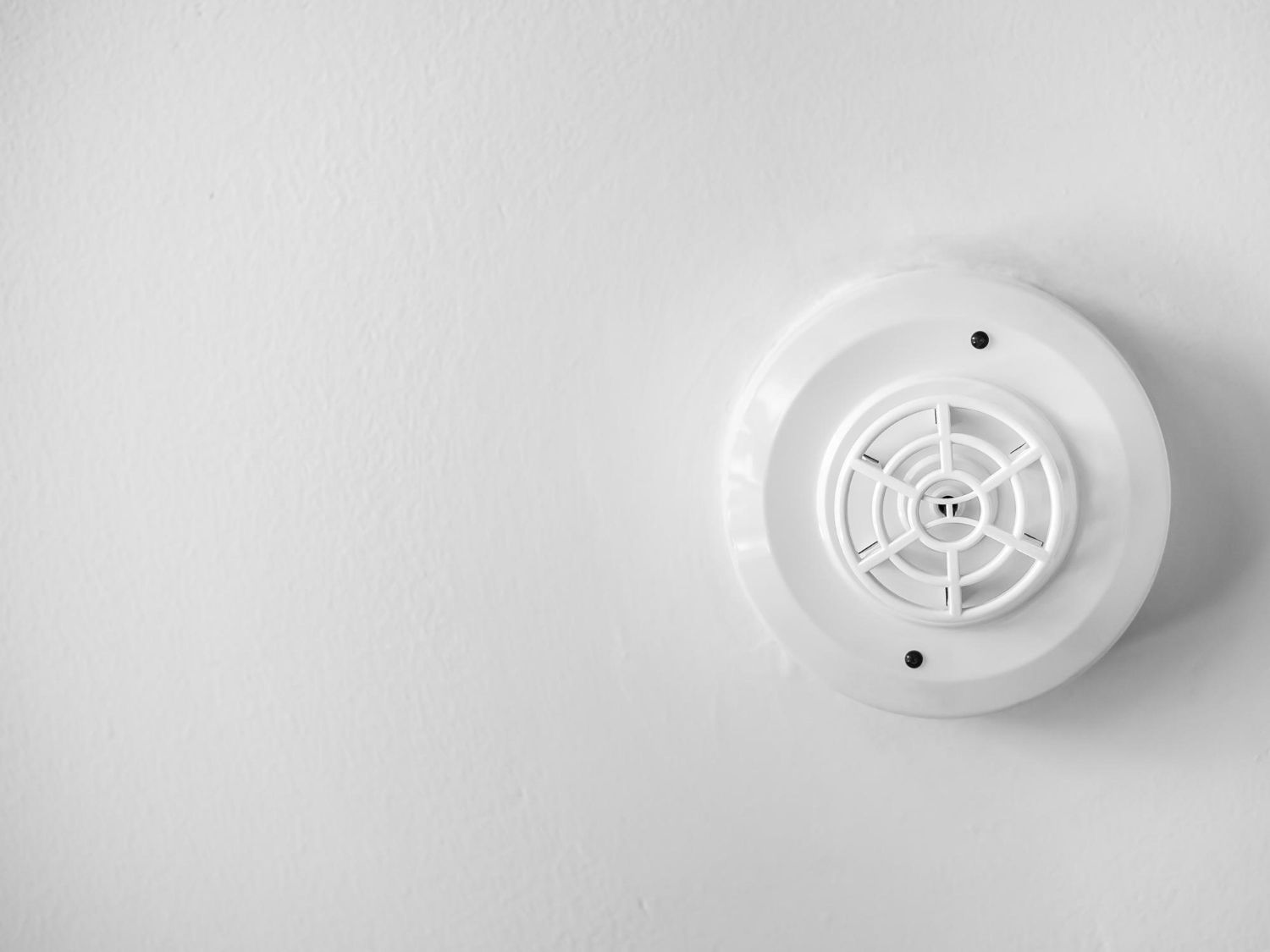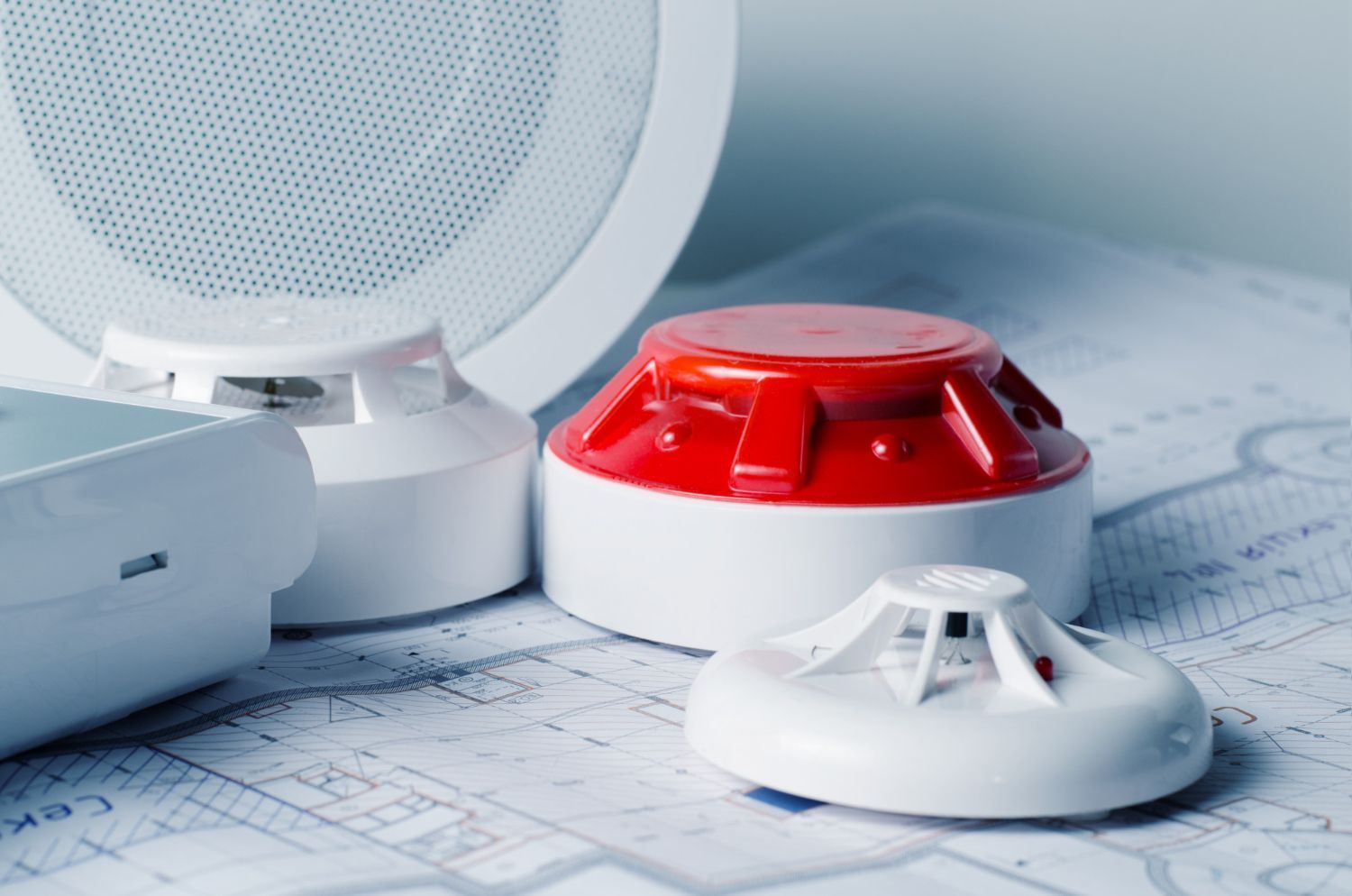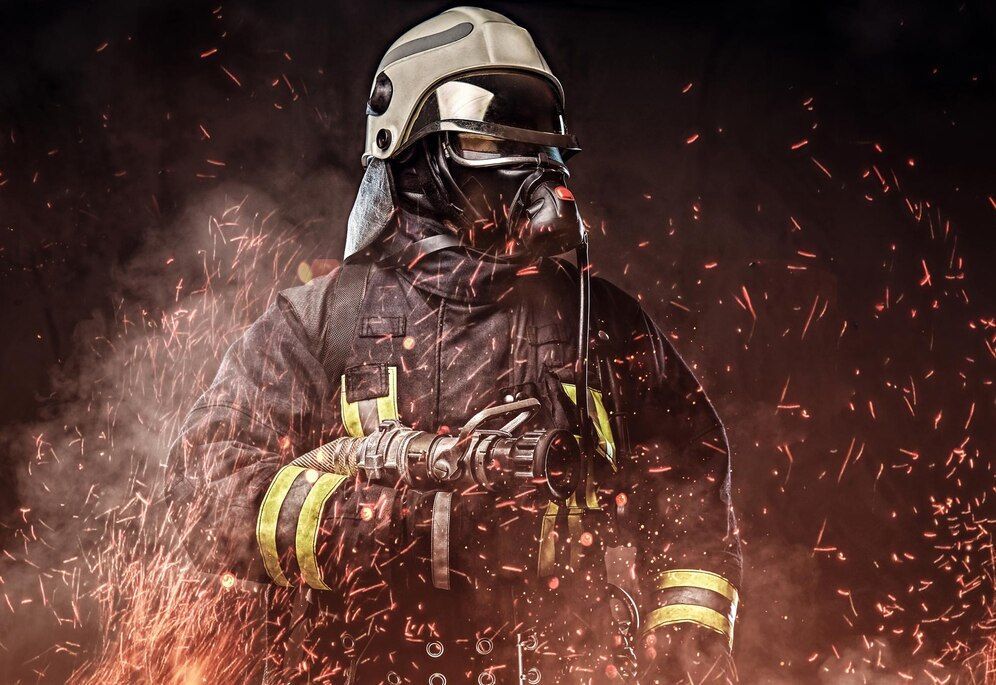Board of Fire Commissioners, Fire District 3,
Township of Old Bridge
Board of Fire Commissioners
Fire District 3
Township of Old Bridge
Choosing the Right Fire Extinguisher for Your Home
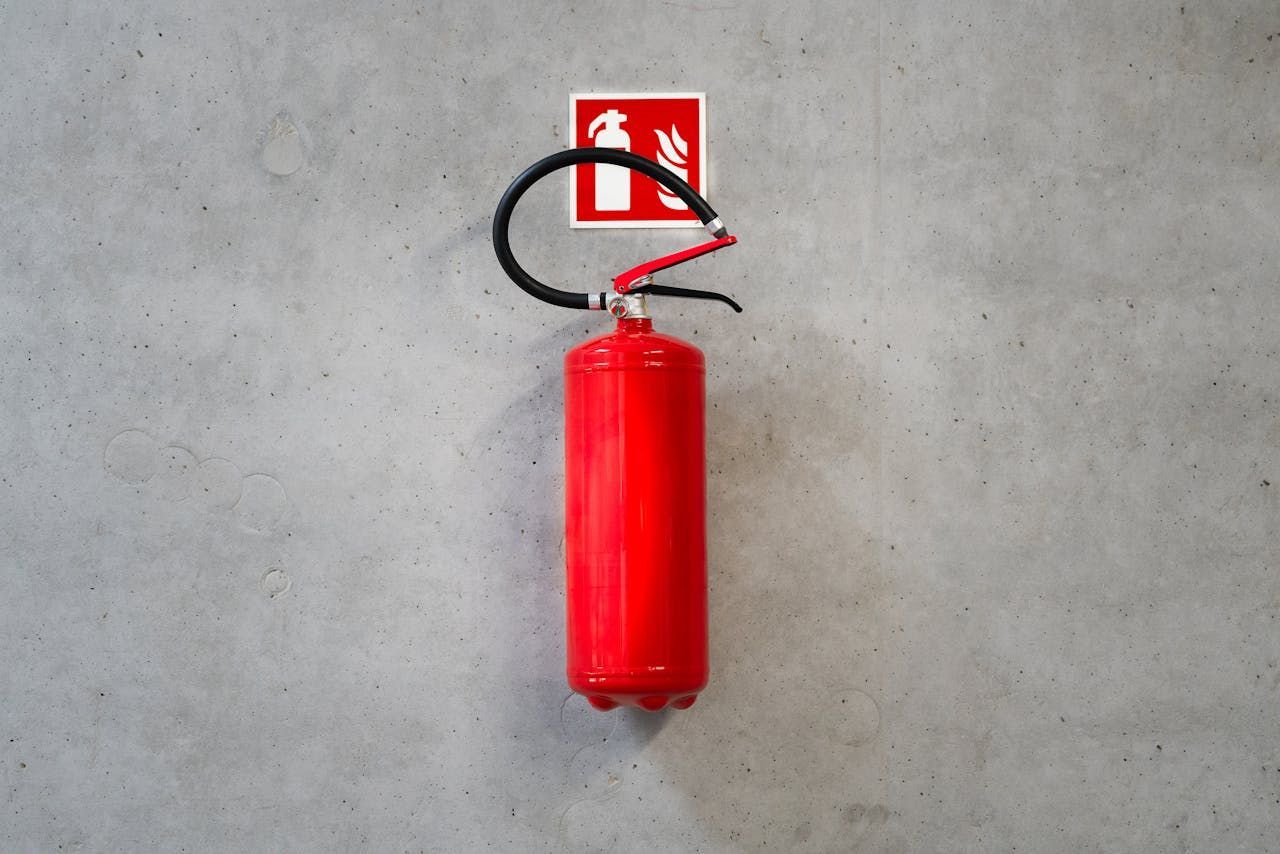
Fire safety at home is very important. One key tool for fire safety is a fire extinguisher. Knowing how to choose the right one can make all the difference in an emergency. Each type of fire extinguisher is designed to tackle specific kinds of fires, so understanding their differences is crucial.
Using the wrong fire extinguisher can be ineffective and even dangerous. For instance, a water-based extinguisher should not be used on electrical fires. That’s why it’s essential to know which fire extinguisher to use for different areas of your home. The kitchen, garage, and living room might all need different types of extinguishers due to the varying fire risks in those rooms.
Knowing how to use a fire extinguisher properly is just as important as having the right one. Using it the wrong way can waste valuable time and could even make the fire worse. Basic knowledge of operating a fire extinguisher ensures you can act quickly if a fire occurs.
Lastly, maintaining and inspecting your fire extinguisher keeps it in working condition. A fire extinguisher that doesn't work in an emergency is no help at all. Regular checks ensure it will function correctly when you need it the most.
Fire extinguishers are a critical part of home safety. Choosing the right one and knowing how to use and maintain it can protect your home and loved ones from fire hazards.
Understanding the Different Types of Fire Extinguishers
Fire extinguishers come in various types, each designed to handle different kinds of fires. Knowing these types helps in choosing the right one for specific fire hazards in your home.
1. Class A Extinguishers: These are used for ordinary combustibles like paper, wood, and cloth. They contain water or foam to cool and quench the fire.
2. Class B Extinguishers: These are perfect for fires involving flammable liquids like gasoline, oil, and grease. They use dry chemicals or foam to smother the flames and cut off the oxygen supply.
3. Class C Extinguishers: These are for electrical fires. They contain non-conductive agents, like carbon dioxide or dry chemicals, which can extinguish the fire without risking electrocution.
4. Class D Extinguishers: These specialize in fires involving flammable metals. They are mostly found in industrial settings.
5. Class K Extinguishers: Ideal for kitchen fires caused by cooking oils and fats. They contain a wet chemical agent that cools the fire and prevents re-ignition.
Some fire extinguishers are multipurpose and labeled for more than one class, like a combination of A, B, and C. These are versatile and useful for typical household settings.
Determining the Appropriate Fire Extinguisher for Each Room
Each room in your home has different fire risks, which means you need the appropriate type of fire extinguisher for each area.
Kitchen: The kitchen is prone to grease fires, so a Class K extinguisher is ideal. However, having a multipurpose Class ABC extinguisher can also be useful for various fire types.
Garage: Garages often store flammable liquids like gasoline or paint thinner. A Class B or multipurpose ABC extinguisher is best suited for this space.
Living Room: Electrical devices often populate living rooms, making a Class C or multipurpose ABC extinguisher a good choice. Ensure the extinguisher can handle potential electrical fires without conducting electricity.
Bedrooms: While not typically high-risk areas, keeping a multipurpose ABC extinguisher in bedrooms provides extra safety. Fires can quickly become out of control during the night, so easy access to an extinguisher can be crucial.
Workshop/Utility Rooms: These areas may contain various flammable materials and equipment. A multipurpose ABC extinguisher will cover the range of potential hazards found in these spaces.
Placing the right extinguisher in each room ensures you are prepared for different fire scenarios, helping to protect both your property and your family.
How to Use a Fire Extinguisher Properly
Knowing how to use a fire extinguisher correctly can save lives and property. The easiest way to remember how to use one is the acronym PASS: Pull, Aim, Squeeze, and Sweep.
1. Pull the Pin: Start by pulling the pin at the top of the extinguisher. This will break the tamper seal and make it ready for use.
2. Aim the Nozzle: Aim low, pointing the nozzle at the base of the fire. This helps target the fuel source, not the flames.
3. Squeeze the Handle: Squeeze the handle or trigger. This releases the extinguishing agent.
4. Sweep Side to Side: Sweep the nozzle from side to side across the base of the fire until it is out. Move slowly to ensure you cover all areas.
Always remember to stay a safe distance from the fire. If the fire does not go out quickly, evacuate immediately and call the fire department. Never turn your back on a fire, even if it seems to be out. Stay alert and ready to take action if the flames reignite.
Maintaining and Inspecting Your Fire Extinguisher
Regular maintenance and inspections are crucial to ensure your fire extinguisher works when needed. Here are some easy steps to keep your extinguisher in top shape:
1. Monthly Checks: Inspect the extinguisher once a month. Make sure it is easily accessible and visible. Check the pressure gauge to ensure it is in the operable range, indicating the extinguisher is full.
2. Cleanliness: Keep the extinguisher clean and dirt-free. Wipe off any dust and check for corrosion, damage, or leakage.
3. Annual Professional Inspection: Have a professional inspect your fire extinguisher annually. They will perform a more detailed check to ensure it is fully operational.
4. Replace When Necessary: Fire extinguishers have a shelf life. Replace them according to the manufacturer's guidelines or if they show any signs of damage.
5. Shake It Up: For dry chemical extinguishers, shake them once every month. This prevents the powder from settling and ensures it can be discharged properly.
Conclusion
Choosing the right fire extinguisher and knowing how to use it properly are key steps in protecting your home and family from fires. Each room in your home has different fire risks, so having the right type of extinguisher in each area is crucial. Regularly maintaining and inspecting your extinguishers ensures they will work when you need them most.
Fire safety is a shared responsibility. By understanding the different types of extinguishers and keeping them in good working order, you can prevent minor accidents from becoming major disasters. Keeping your home fire safe benefits your family and your community.
If you need more information or assistance with
fire prevention and safety, don't hesitate to contact the Board of Fire Commissioners, Fire District 3, Township of Old Bridge. We're here to help you stay safe and prepared.
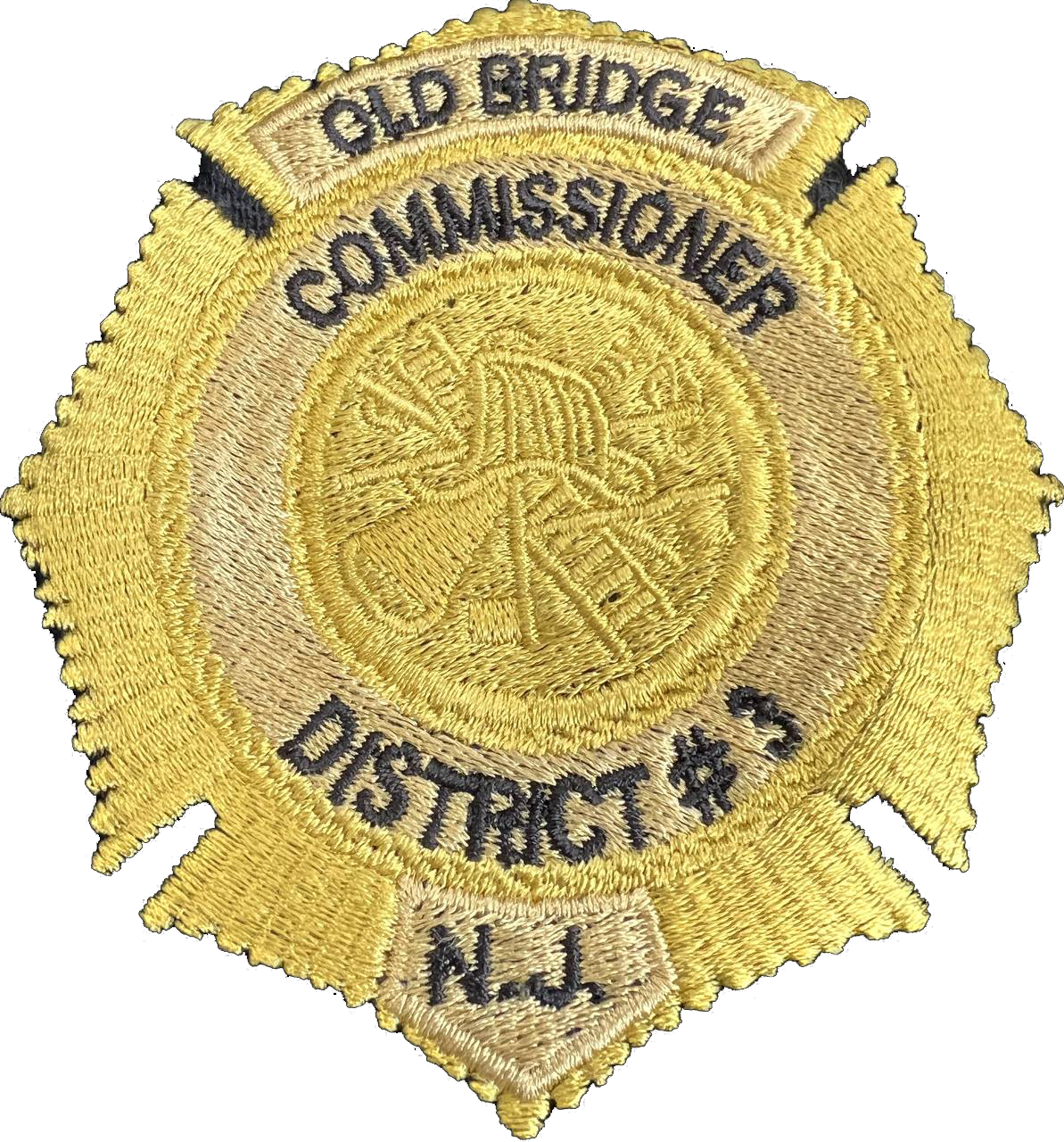
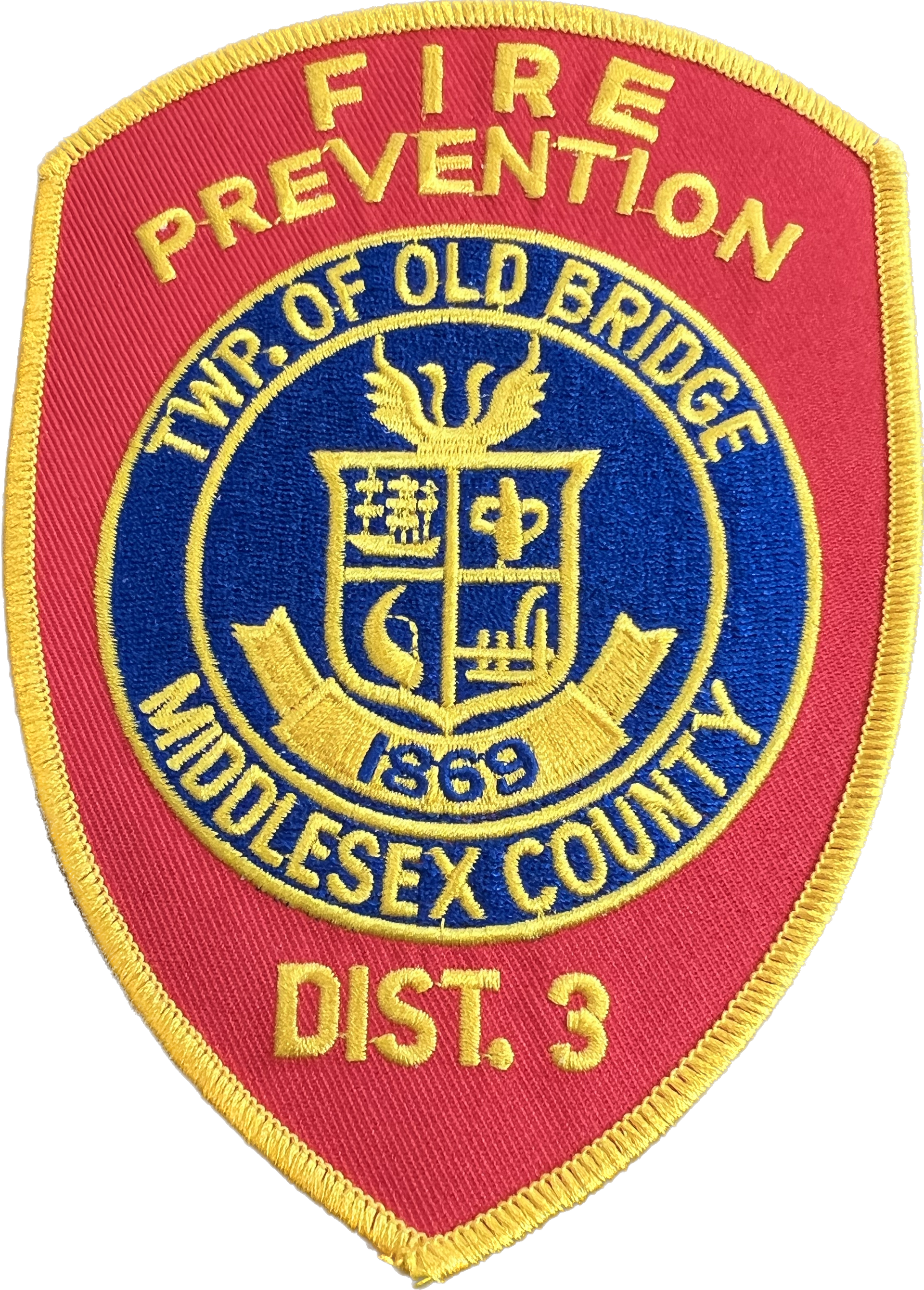
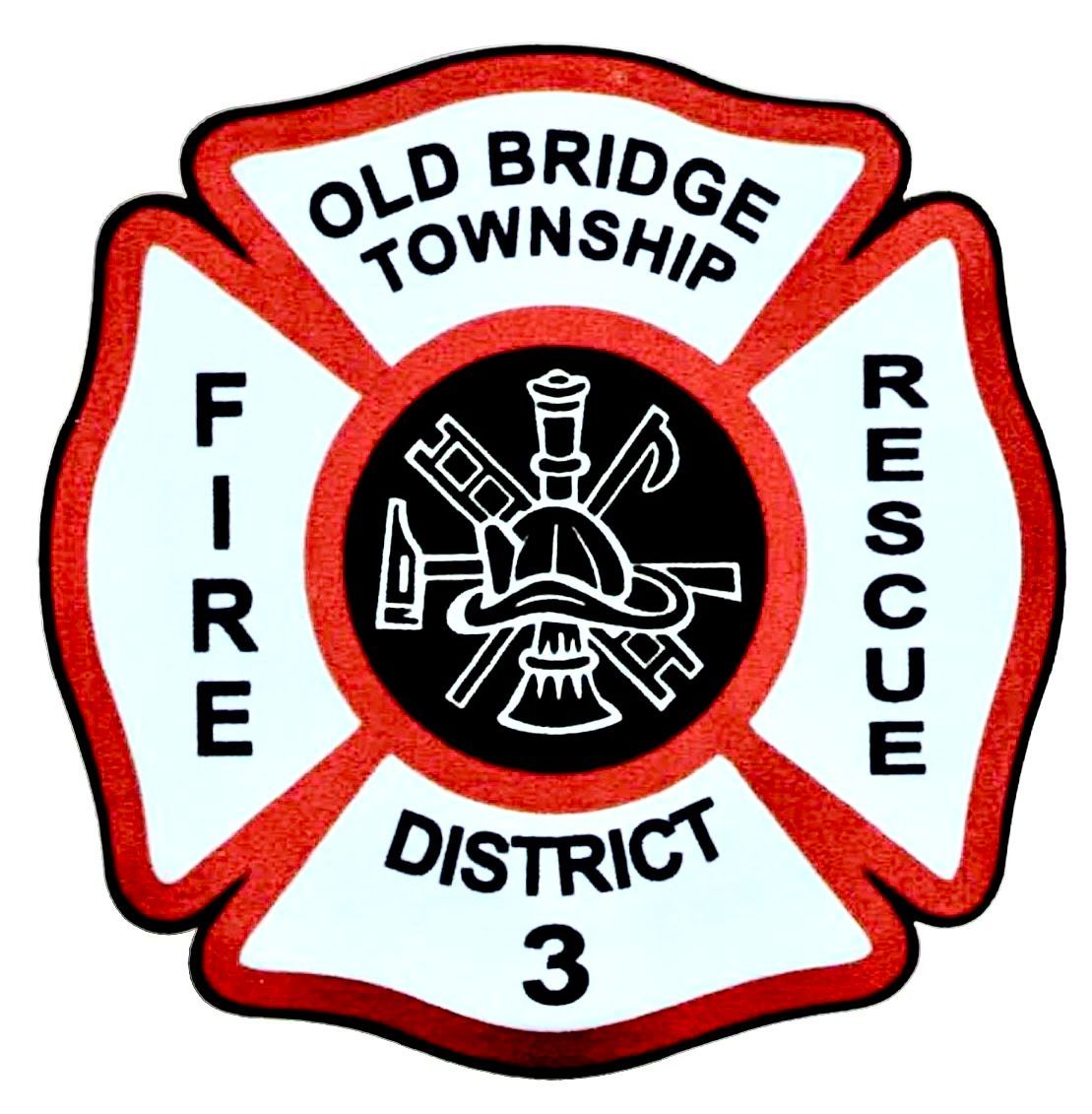



Phone: 732-723-1124 | Email: firedistrict3@obfd3.com
Address: 913 Englishtown Road Old Bridge, New Jersey 08857
We are closed daily from 12 Noon to 1pm for lunch
© 2023 All Rights Reserved | Board of Fire Commissioners, Fire District 3, Township of Old Bridge
All Rights Reserved | Board of Fire Commissioners, Fire District 3, Township of Old Bridge
